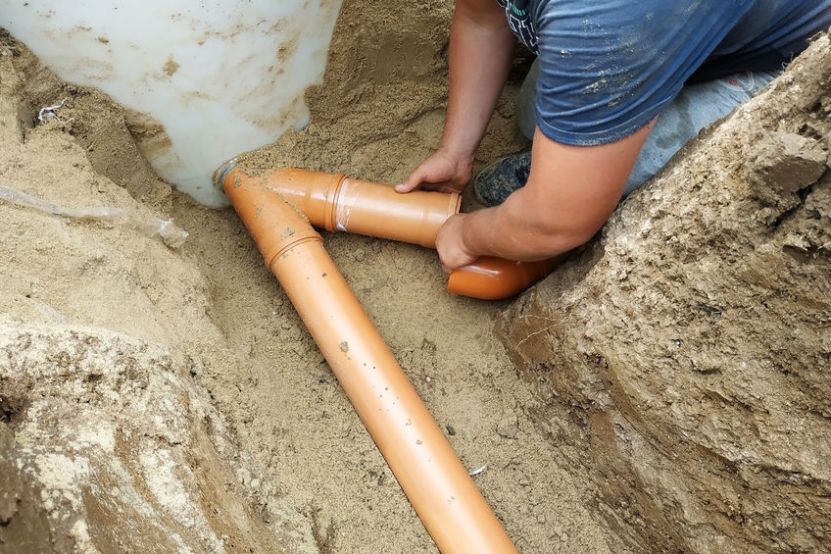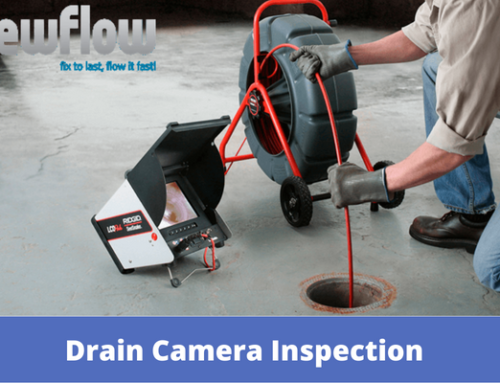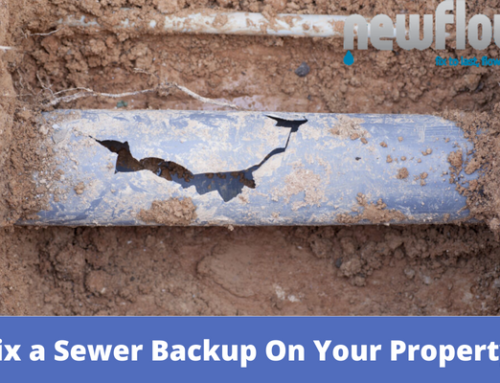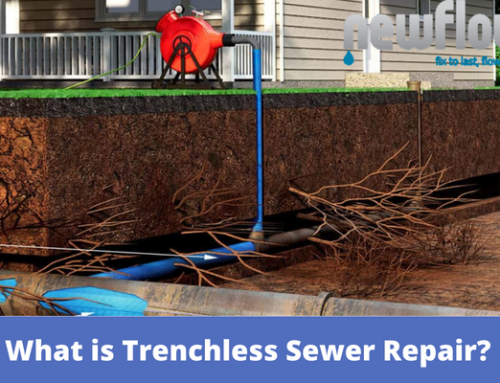What Are Your Sewer Line Replacement Options?
Sewer line replacement is something every homeowner would like to avoid. Not only is it a major hassle, but you may have no choice but to replace your sewer line. And if you do, your plumbing will be compromised. Knowing your sewer line replacement options can help you make an informed decision when considering these alternatives.
Digging Up the Pipe
If you’re digging up an existing pipe, the first step is cleaning out all of the debris inside the pipe. You’ll need to dig down at least 10 feet to reach all the pipes. This is also important if you plan on replacing any damaged pipes. After cleaning out all the debris, you’ll need to dig through concrete and soil before reaching your sewer line. If your home was built before 1968, the clay beneath your concrete slab might need to be removed before digging begins. Once you get your sewer line, remove it from its sleeve and cut off any ends that are sticking out so they won’t damage anything else when they’re pulled out of the ground later on.
Trenchless Sewer Replacement
The trenchless sewer replacement method is used when there are no manholes or other access points in your yard. This method uses high-pressure water jets that blast away at the old pipe until it breaks free. The process takes about 15 minutes per foot of pipe and is less expensive than digging up your yard. However, it requires easy access to your home (either through a door or staircase), which means replacing your entire sewer line won’t be possible if you live in an apartment building or condominium community.
Pipe Bursting
A pipe bursting method is a trenchless option since it replaces existing subterranean lines without excavating fully. A new replacement pipe is dragged into place when the expansion head shatters and pushes the old pipe out of the way. This procedure is less expensive and time-consuming than a standard dig and replace, but it is not suitable for everyone. It’s not appropriate for some pipe materials, such as reinforced concrete, ductile iron, and HDPE.
Pipe Relining
A pipe relining project is an excellent option for a homeowner who wants to upgrade the look of their home but doesn’t have the time to wait for an open-cut excavation. Pipe relining is a relatively inexpensive and highly effective way to improve the appearance of your sewer line.
Here’s how it works: We use new pipe sections slightly larger than the existing pipes and glue them into place. This makes them look new without digging or removing any old pipes. Pipe relining can also be used on older pipelines that have been exposed to water damage or other wear and tear. Our technicians can perform this type of repair in a matter of minutes and restore your sewer line to its original condition.
Choosing a sewer line replacement method depends on your budget, time frame, and what’s best for your house. Choose New Flow Plumbing to help you decide which route is the best choice for you. You can expect us to give you a free estimate on every job we do, so you know how much it will cost upfront. We’ll also work with you to secure that whatever replacement option we choose is the right fit for your home and neighborhood.





